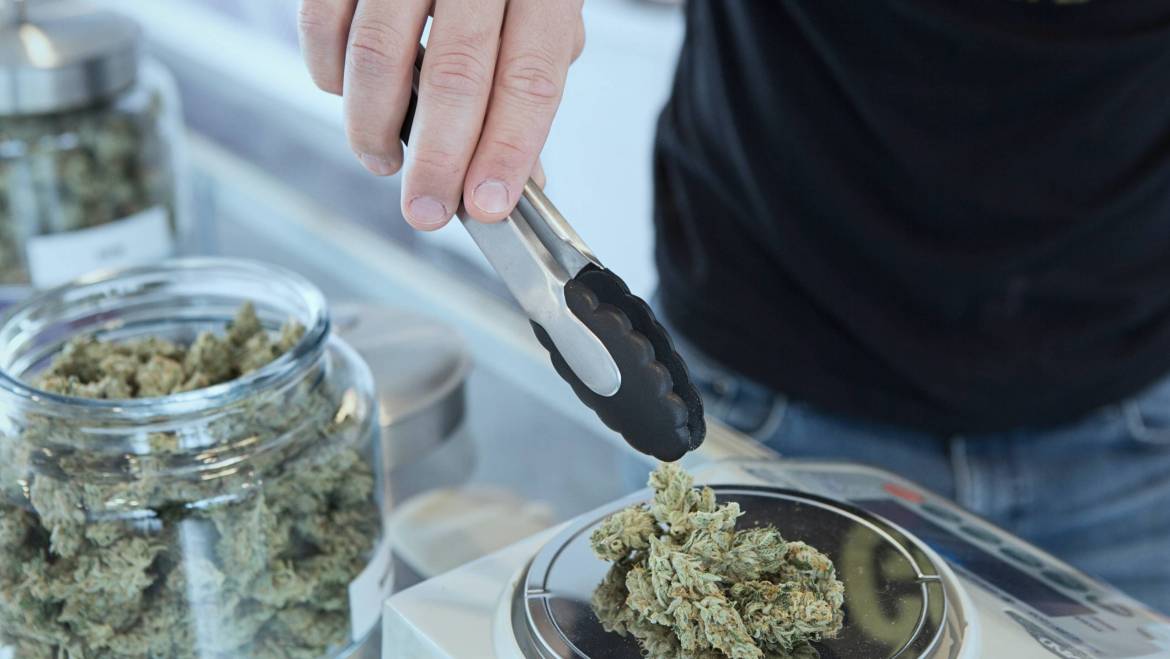Firstly, Many of us no doubt are well aware of the psychoactive properties of THC. Secondly, the question arises here how did we come to know about the role of cannabis with all its anti-inflammatory, analgesic, neuroprotective, antioxidant, and muscle relaxant properties? Let’s try to get to know these facts by diving into the Brief History Of THC.
Dr. Raphael Mechoulams History with THC:
A Brief History Of THC, People consider Dr. Raphael Mechoulam the godfather of cannabis science. In 1964 was the year when Dr. Raphael Mechoulam and his colleagues at Israel’s Weizmann Institute of Science, discovered THC. Dr. Raphael before discovering THC had already taken great interest in cannabis as a plant. He along with his team were the people who described the structure of THC. Roger Adams, a widely famous Harvard-trained chemist had his key role in the discovery of the compounds. To clarify, he was the one who put light on the relationship between CBD and THC but he did not isolate THC from the plant. Dr. Raphael and his team did it in the 1960s.
Not to mention, This team made a huge breakthrough and it encouraged other researchers to find out other cannabinoids and their effects on the human body. As Kilham rightly says,” Since the discovery of THC, many other brilliant scientists have also made key advances in this field”.
Discovery of THC:
India and hashish used cannabis in Parisian literary circles, in the 19th century. This played a vital role to encourage scientists and researchers to get to know about cannabis and its compounds. Experts seem amazed by its structure and effects. Although, therapeutic compounds derived from cocaine and opium isolate already discovered by scientists. However, researchers had not yet explored the molecular structure of cannabis.
Dr. Raphael Mechoulam took the initiative to dive into the waters of cannabis in Israel where things were much on the liberal side as far as cannabis was concerned. He and his team luckily enough when technology advanced, paved the way for the chemical evaluation of cannabis. They were looking for the substance which was mainly responsible to produce psychoactive intoxicating effects. THC in hashish extract discovered as an end product of this research.
Much of the early research on THC carried out using THC, isolated by Mechoulam and his team. Dr. Raphael isolated THC but human history was aware of the effects of cannabis for centuries. Archaeologists have discovered traces of cannabis (dating back 2,500 years) with high levels of THC in western china
First usage of THC:
History shows the traces of cannabis among ancient people. As a matter of fact, Indian, Persian, and Chinese people. The 1960s and 1970s were the eras when research on THC built up. People around the globe started using cannabis as a fun activity. The vital point led researchers focusing on cannabis to start experiments on the psychotropic properties of cannabis and how it attributes to THC.
Everyone started talking about cannabinoids and their effects on an individual or on society. The time when scientists started experimenting on comparing the effects of cannabis to other fun drugs, its effects on body systems, and THC dependency. Experiments conducted on both humans and animals to know how cannabis elevates moods and anxiety brings changes in perception then changes one’s sense of time. Although this early study undeniably helped us to understand the effects of THC on the body, These experiments also contributed to describing how these effects created the cannabinoid. In addition to the discovery of the body’s endocannabinoid pathway, a greater understanding of the therapeutic uses of THC emerged later.
Endocannabinoid system:
A crucial aspect of understanding THC and its potent effects on the human body is the endocannabinoid system (ECS). Humans and other mammals have within their bodies an
endocannabinoid systems play an important role in the body’s protective immune response or equilibrium. As diverse as appetite, sleep, mood, stress, energy levels, and reproduction, this specific framework also impacts regulatory processes.
That is to say, In 1998, while a conducted study at the School of Medicine of St. Louis University, physiology professor Dr. Allyn Howlett and pharmacologist Dr. William Devane determined that mammalian brains had receptor sites that responded to cannabinoids,” explains Chris Kilham. “These sites, dubbed cannabinoid receptors, turn out to be the most abundant neurotransmitter receptor sites in the brain.”
Two main types of cannabinoid receptors are present in the body: CB1 and CB2. Throughout The central and peripheral nervous systems, distribute CB1 and CB2 in the receptors of the brain. “In the brain, these receptors are located in the brain stem, cerebral cortex, hippocampus, cerebellum, basal ganglia, hypothalamus, and amygdala. However, they also are found in the liver, kidneys, spleen, gonads, and heart,” explains Kilham. “After the discovery of the CB2 receptor, two graduate students of Raphael Mechoulam, Dr. Lumir Hanus and Dr. William Devane, and their team at The Hebrew University in Jerusalem discovered anandamide (AEA), an endogenous cannabinoid,” says Kilham.
Conclusion:
Nevertheless, The THC value nowadays is farmed both for its psychoactive mind-altering properties and its array of potential therapeutic benefits. A Brief History Of THC research mostly focuses on uncovering its effects on different diseases and conditions. Last but not least, This research helps to shift the stigmatization of the cannabinoid and cannabis itself while promoting a medicinal compound.
We recommend this Jaxx 3 Chamber Recycler Glass Waterpipe 38cm



Add Comment